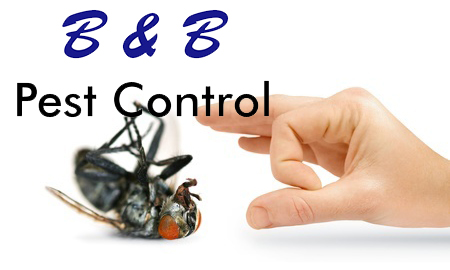If you could choose one type of animal to blast into space via rocketship, which would you choose? Probably not fruit flies, right? Well, as it happens, fruit flies were the first animals to be launched into space. This may come as a shock to many people who likely assumed that apes were the first animals that early NASA employees had sent into space. This mistaken assumption is probably due to the vast amount of media attention that had surrounded early NASA experiments involving chimp-helmed space launches. However, fruit flies were launched into space by American engineers a whole eleven years before NASA was even formed. What is perhaps more surprising is the fact that these fruit flies had been launched into space by V-2 rockets developed by Nazis.
Following the second World War, American military personnel managed to seize numerous V-2 rockets from war-torn Germany. At the time, the world had never seen such incredible feats of technology, and it goes without saying that American officials did not hesitate to adopt this technology in order to meet their own technological ambitions. In 1947, just two years after the war had ended, officials working at the White Sands Missile Range launched a V-2 rocket containing several fruit flies into space. The rocket traveled 67 miles into the atmosphere and beyond. Currently, NASA recognizes the altitude of 67 miles as being the official start of space. Therefore, these brave fruit flies barely achieved the historic record of being the first animals to reach space.
Given their physiological similarities to humans, chimps may seem like an obvious choice for experimental space travel, but fruit flies have more in common with humans than you may think. For example, around 75 percent of disease-related genes in humans are analogous to a fruit flies genetic code.
Amazingly, the fruit flies actually survived the trip. During the rocket’s descent back to earth, a capsule containing the fruit flies broke off, which allowed the insects to safely parachute back to the earth’s surface in New Mexico. The scientists were amazed and relieved to see that the flies had survived, as they thought that they could perish due to radiation exposure. Subsequent examinations confirmed that the flies were completely free of radiation. Unfortunately, most of the animals that were launched into space later on failed to survive the trip.
Did you know that insects were the first animals to reach space?

